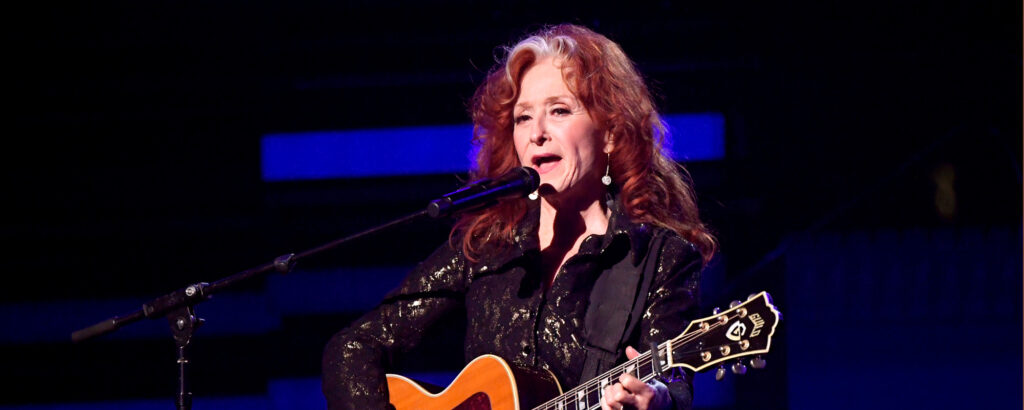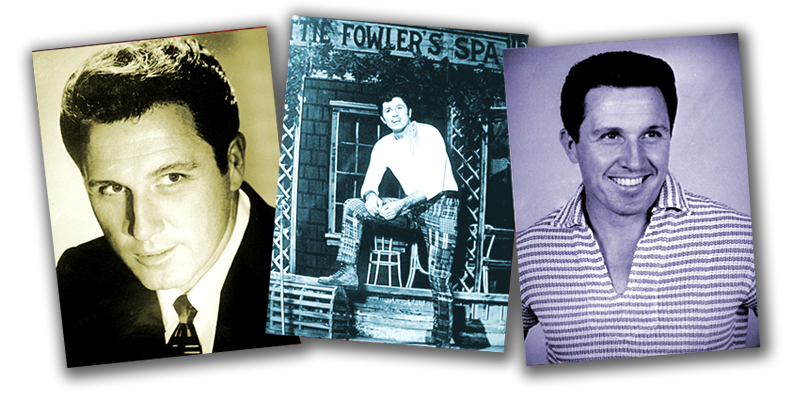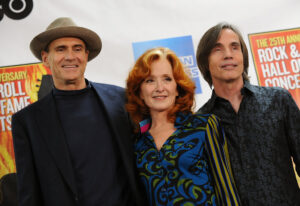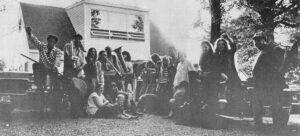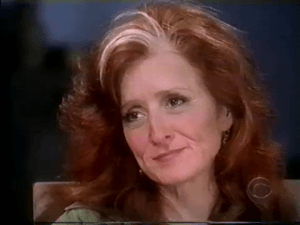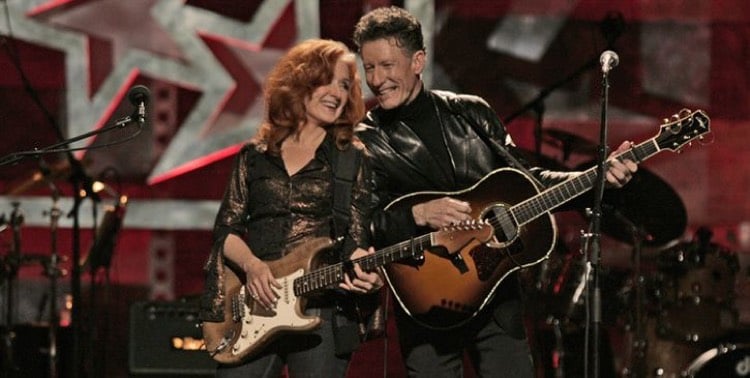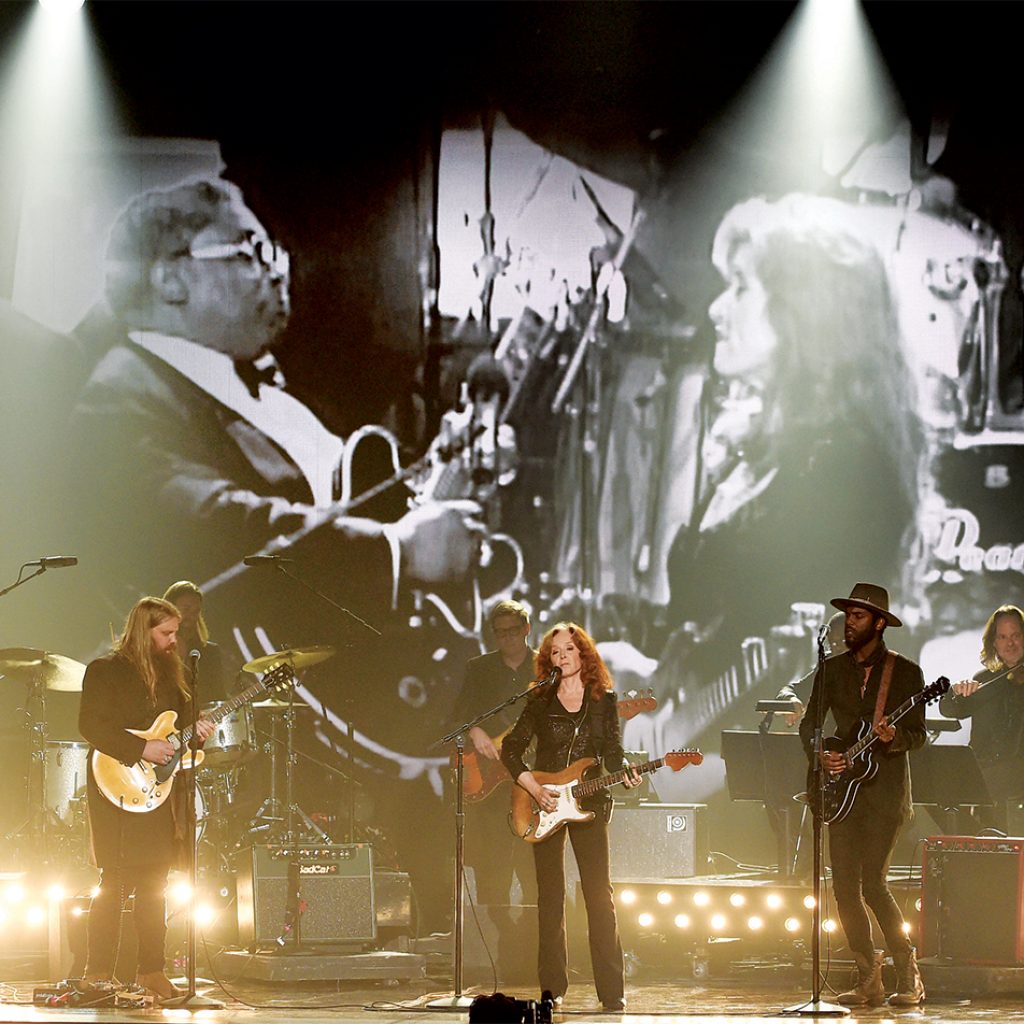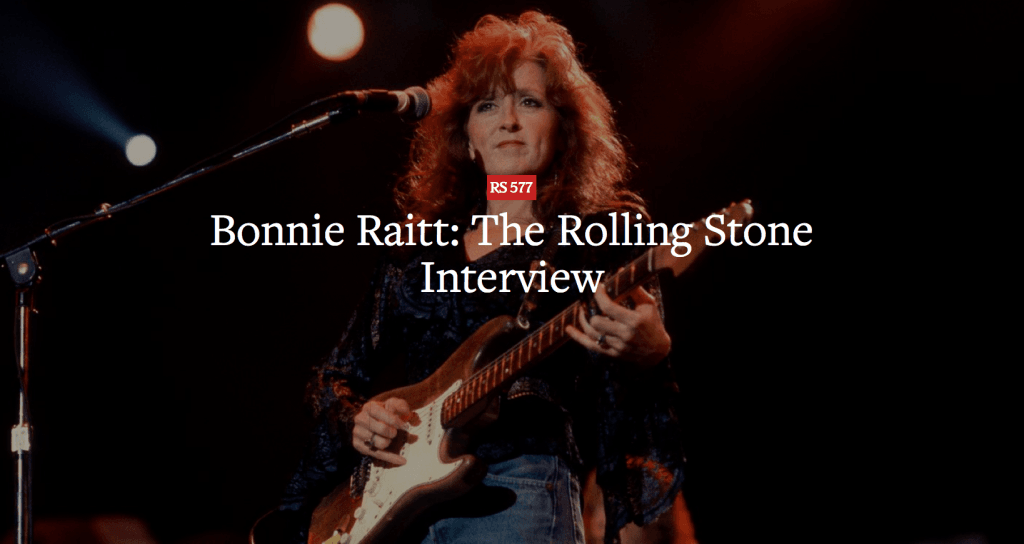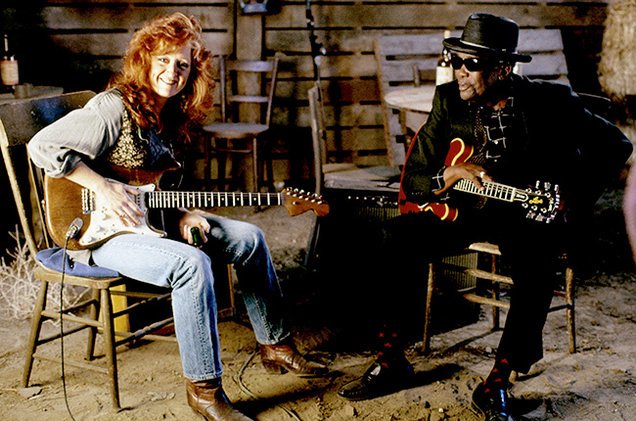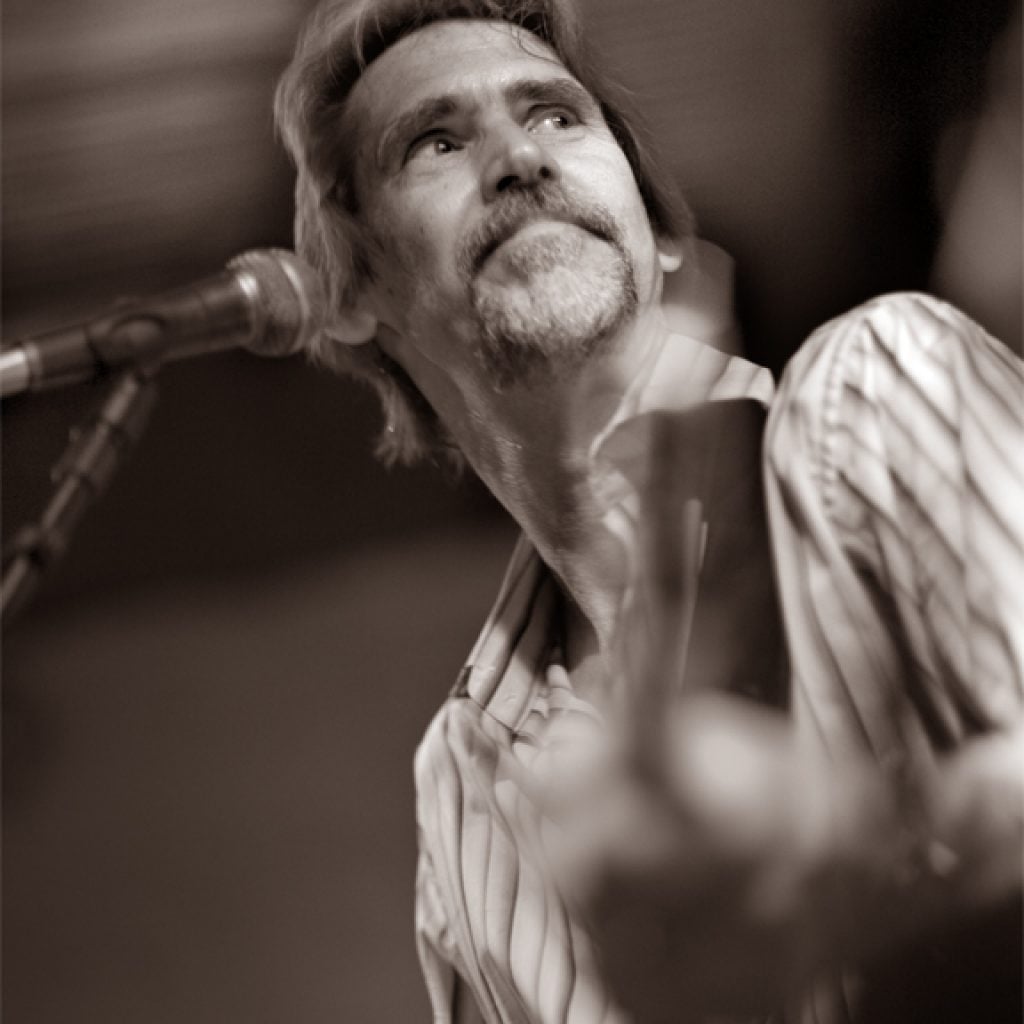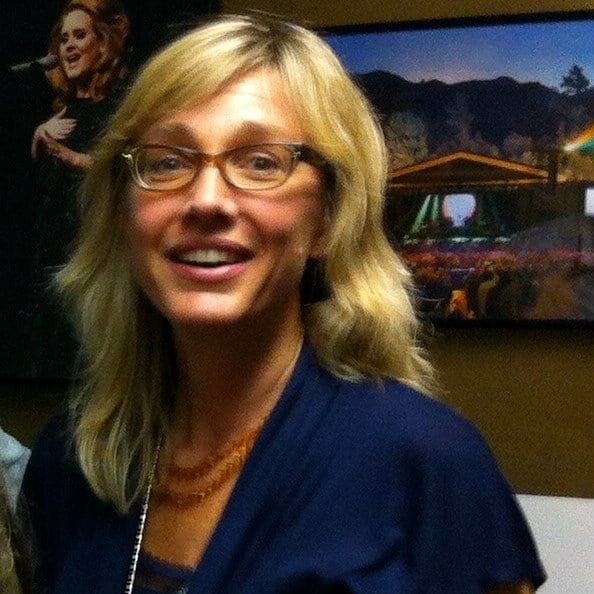

Bonnie Raitt’s “Unintended Consequence of Love,” which opens her latest album, “Dig in Deep,” is obviously sung from the perspective of a woman challenging her drifting partner to reengage in their relationship.
Though, as written, the song also sounds like it could be about the frustrating push/pull of the creative process with one’s muse.
“Well, I hadn’t ever thought about the song that way,” Raitt says, laughing. “But now, it’s all I’ll think about. So, thanks … .”
Still, the idea fits Raitt’s career, which is a decades-spanning relationship between her and all the music that has caught her attention over the years. She soaked up the ’60s and showed up in the ’70s with a vibrant music that drew from that decade’s folk and blues. Her early records still sound great, but she struggled in the ’80s before releasing “Nick of Time” in 1989, which won her an armful of Grammys and sold millions of copies.
“At one point, I just thought she was too good to be appreciated by popular culture at large,” says her tourmate James Taylor. “But then she went into the ’90s behind that amazingly perfect album. So good she could not be ignored.”
Since then, Raitt has refined a style of her own: some blues and some smart ballads, many flavored with her slide-guitar licks. Prior to her Tuesday show with Taylor at the Toyota Center, Raitt talked about her career and also legendary blues singer and Houston native Sippie Wallace, who wrote three of the songs that appeared on Raitt’s first two albums.
Q: It feels weird starting with the new album’s last song, but “The Ones We Couldn’t Be” is my favorite on there. It’s a moving piece of music and doesn’t sound like much else you’ve done.
A: Thank you. I do think something happens when I write on the piano. I guess I have a few of those: “Circle Dance,” “One Part Be My Lover.” “Nick of Time” was done on piano. I think I tend to sing the more personal songs on the piano, the contemplative ones. I’ve always loved a good ballad. It’s just one part of what I do.
Q: I always thought underneath the big ’80s sound, INXS was a great bar band. You kind of proved that point with “Need You Tonight.”
A: The production style was so different back then, wasn’t it? But I loved that song since I first heard it. And I loved the band. I didn’t really realize at the time how huge they were. There was a time they were as big as the Stones. I’ve since met Andrew Farriss, who was a co-writer on that song with Michael (Hutchence). I was relieved he liked the way we did his tune. But it’s something I love to do: Take a song and try to make it my own. I guess I’ve been doing it since my first album.
Q: Since your father was a Broadway star, you probably grew up with a different variety of music around the house. I think some assume you were fed just a steady diet of blues.
A: Yes, I was a kid of my own generation, so I loved Chuck Berry and Fats Domino and Elvis Presley, even before I was a teen. And like everybody else, I came to the Chicago and Detroit blues through the Stones. When I was a teenager, I went to Muddy Waters through them. The country blues, I got from those Vanguard blues albums, “Blues at Newport ’63” and “ ’64,” those were my a-ha moments. I heard John Hammond and Dave Van Ronk playing the blues, and Paul Butterfield. I thought these guys had to be 100 years old with a life picking cotton to play the blues, and they made me realize you didn’t. I fell in love with the blues then and taught myself to play, not because I wanted to be in music as a profession. As a hobby, it seemed like everybody played guitar. But I’d never heard anything I loved as much as Mississippi John Hurt, Brownie McGhee.
Q: Did you set out to find this hybrid between those old blues songs and the contemporary ’70s singer-songwriter types? Your voice fit both well.
A: It’s funny, when I hear myself sing on those early records, I just cringe. I think my voice sounds so rinky dink and thin. So I tried my best to drink and smoke until I could sing R&B and not cringe. (Laughs.) Which wasn’t a great idea. But my phrasing comes from a lot of places: Ruth Brown, Aretha Franklin, my friend Maria Muldaur. A wide range of Irish and Celtic music, blues and pop, and the stuff my dad did, too. Even if I don’t sing like Broadway singers do, I was in this musical family and soaked it all up. I think that’s why my tastes are so eclectic. I never wanted to just be a blues artist. I get bored sticking with any one thing.
Q: Your pace for new records has slowed over the past 15 or so years. Is that by design? Or do you just find yourself waiting a little longer for a new batch of songs?
A: The cycles are a little longer. I put out a record and spend two years touring behind it. Doing interviews. And there’s all this advance work that has to get done before the album comes out. So it’s more like a four-year cycle, then you get a break. So I don’t know what comes next. But it is a more daunting process when you get to double digits with albums. You feel like you’ve sung one idea so many times. And I don’t want to repeat myself, musically or lyrically. I’m very envious of my friends – Jackson Browne, Bruce Springsteen, Paul Simon, Randy Newman and James Taylor – who wrote all new material and still sound brilliant at this point in their lives without any new heartbreaks.
Q: I’m always eager to hear from people who knew Sippie Wallace. I think you did three of her songs on the first two albums. Do you recall how you came across her work?
A: As I got older, I was able to hear more records because people had them in their college dorms and shared their collections. In high school, I didn’t have access to radio and records the way I did in college, where my musical education expanded exponentially. So I listened to these classic blues collections that included Bessie Smith, but also Victoria Spivey and Ma Rainey. I was drawn to Sippie before I even knew she was still alive. I remember, after my freshman year traveling around Europe, and I pawed through this record store with a lot of vintage blues albums. And I saw this album Sippie made in the ’60s. The picture was great: She had this faux leopard stole and the rhinestone cat glasses. And that big space between her teeth, where she got that name. I couldn’t believe it. She looked so alive. And I found out the Kweskin Jug Band recorded with her. I only found out she was alive years later. I was playing the Ann Arbor Blues Festival in ’72. We’d cut some of her songs, and I remember we didn’t know where to send the royalty checks. We found out she was in Detroit! So I got this chance to meet her. She was only doing gospel at that time. But people went crazy for her. We toured together for parts of 15 years because she had this revived career.
Q: Her songs didn’t sound like others. There was an assertiveness and a frankness in her lyrics.
A: Yes, I just loved her sass and independence. She was not a victim at all. And there was a playfulness to her, and a strength and cleverness that set her apart. I remember we did a fantastic show with her for Juneteenth, I think it was in Houston. But I remember her fondly. She was endearing, smart and funny.
Q: Do you remember your first guitar?
A: Of course. It was a Stella guitar that cost $24 from Sears. I begged for it for Christmas. My grandfather taught me my first chords. And I was off, learning Joan Baez and Odetta. I found F challenging. I still do. It resulted in some bleeding fingers. I do this series with kids in cities who don’t have access to music education. They come up and ask me questions. And I tell them, “Listen, F doesn’t get any easier. But keep at it.”
Source: © Copyright Houston Chronicle













 Visitors Today : 104
Visitors Today : 104 Now Online : 1
Now Online : 1






